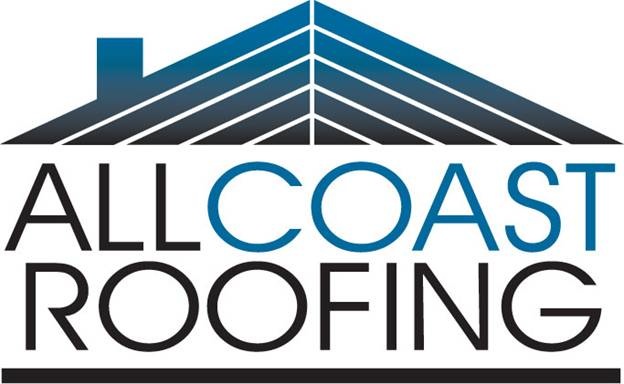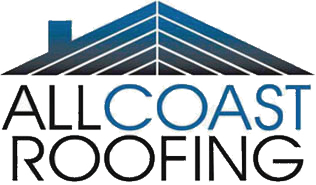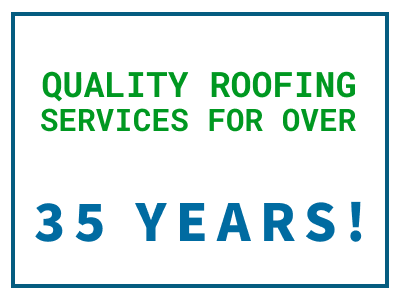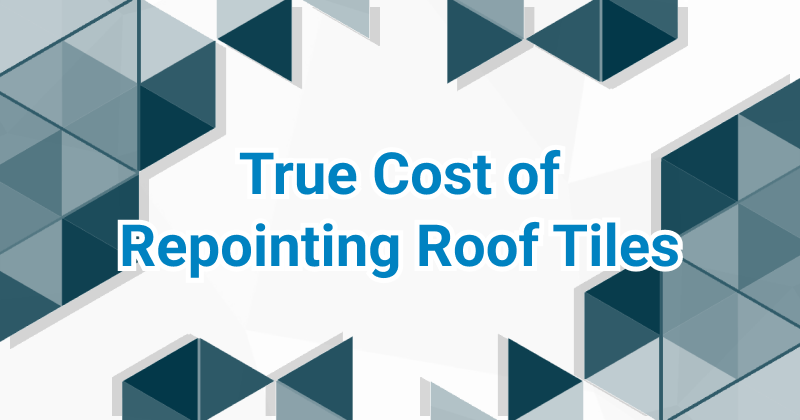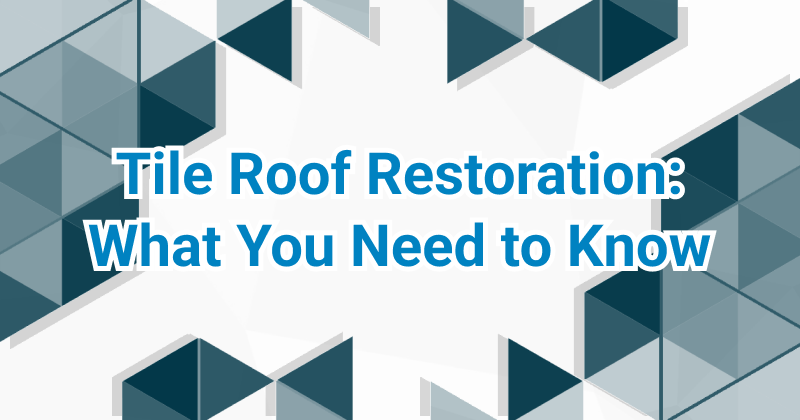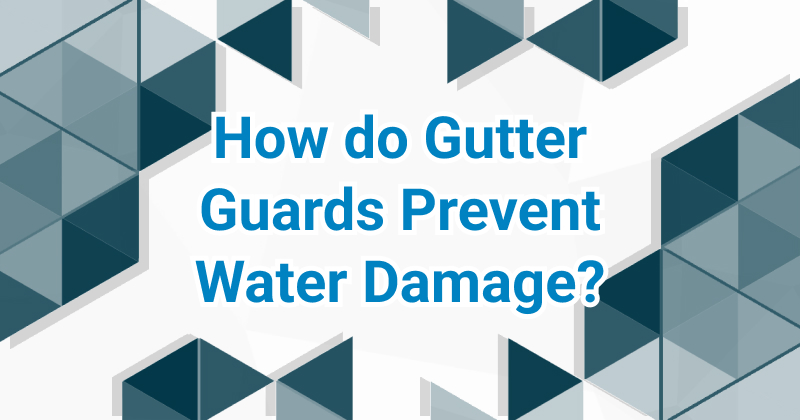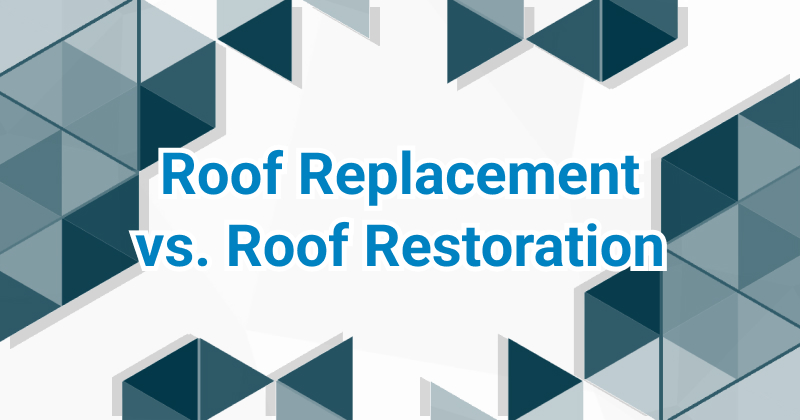Choosing the Best Roofing Material for Australia’s Climate: Tile or Colorbond?
Tile roofing pros and cons
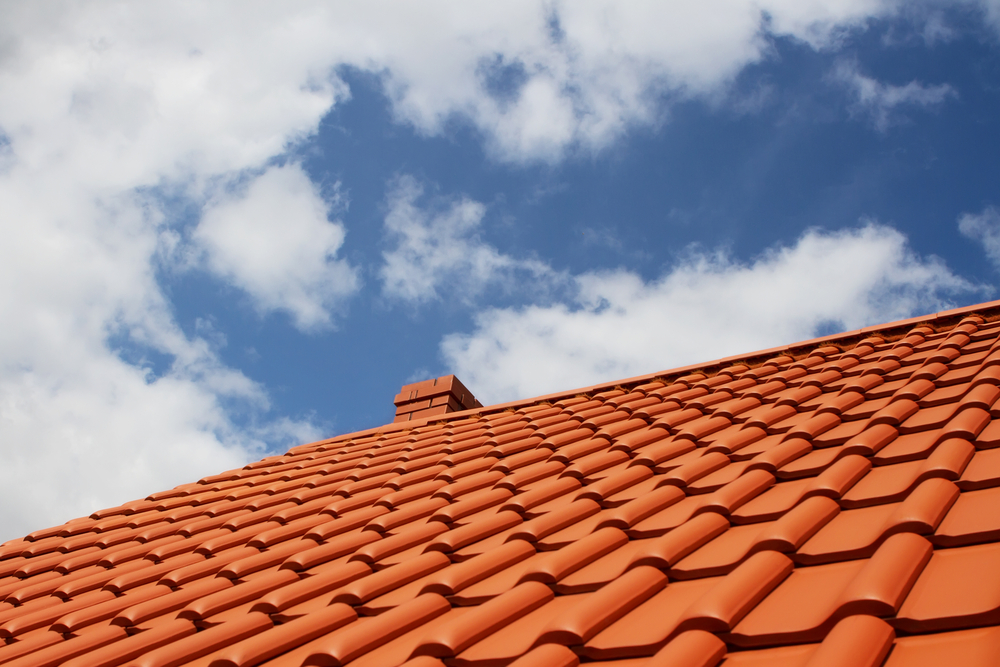
Tile Roofing Pros
- Durability: Tile roofs are known for their long lifespan and can last up to 35 years or more.
- Low maintenance: Tile roofs require relatively little maintenance and only need to be inspected and cleaned periodically.
- Energy efficiency: Tiles roofs can be energy efficient, especially if they are made of reflective material. This can help reduce cooling costs during hot weather.
- Aesthetic appeal: Tile roofs can add a unique and traditional look to a home, especially in Mediterranean or Spanish-style homes.
- Environmentally friendly: Many types of tile roofing materials are made from natural clay or cement and are recyclable.
Tile Roofing Cons
- Cost: Tile roofs can be more expensive to install than other types of roofing
- Fragility: Tile roofing can be fragile and can break, crack or have to be replaced individually
- Weight: Tile roofing can be heavy, requiring additional support in the structure of the building.
- Installation: Tile roofs require specialized tools and knowledge to install and repair, so it can be harder to find a contractor that can install or repair a tile roof.
Colorbond roofing pros and cons
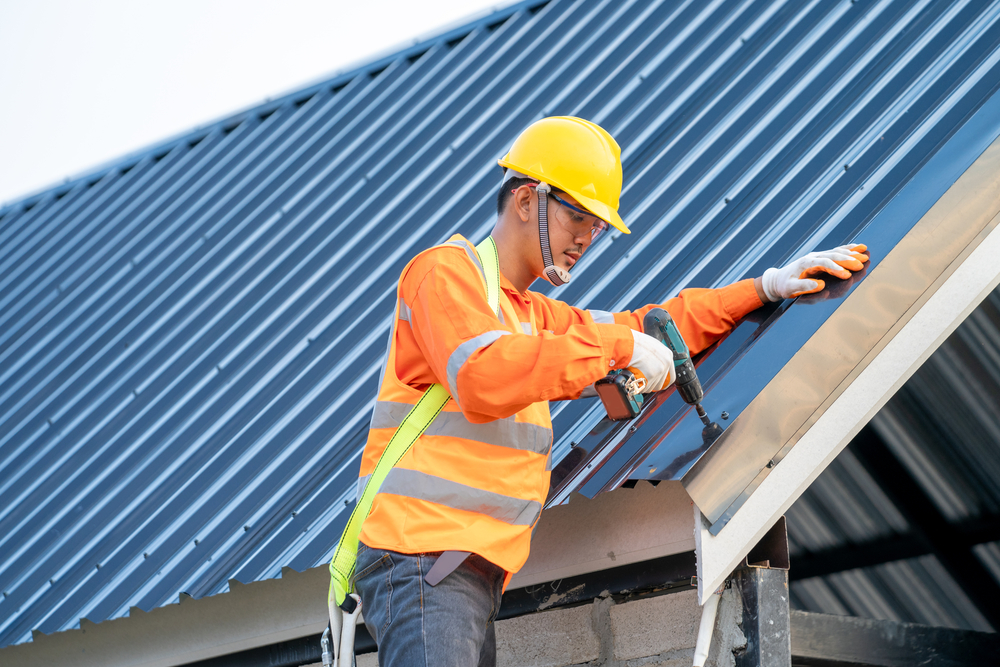
Colorbond Roofing Pros
- Durability: Colorbond roofing is known for its longevity, with a lifespan of 40-70 years.
- Low maintenance: Colorbond roofing requires relatively little maintenance and typically only needs to be cleaned occasionally.
- Climate suitability: Colorbond roofing is well suited for Australia’s hot and dry climate as it is made from steel that is resistant to corrosion and heat.
- Energy efficiency: Colorbond roofing can be energy-efficient if it is made from a reflective material.
- Cost: Colorbond roofing is generally less expensive than tile roofs.
- Easy to install: Colorbond roofing is easier to install than tile roofing, and it also tends to be more widely available with a greater variety of colours and profiles.
- Wide range of colour options: Colorbond roofing is available in a wide range of colours, there are around 22 standard colours that are available for Colorbond roofing. This includes a range of different shades of reds, blues, greens, greys, and browns, among other colours. The exact number of colour options may vary depending on the specific product and the location, as some colours may not be available in certain regions. The colour options that Colorbond offers are designed to complement the Australian landscape and architecture, and are tested for their durability against the harsh conditions of the Australian climate.
Colorbond Roofing Cons
- Aesthetic appeal: Colorbond roofing can have a modern aesthetic, but it may not have the same aesthetic appeal as traditional roofing materials like tile, particularly for those who want a unique look for their home.
- Limited colour diversity: While Colorbond offers a range of different colours, it may not have the same level of colour diversity or customisability as other types of roofing materials, such as tile roofing.
- Noise: Colorbond roofing can be loud during heavy rain or hail, which can be a downside for those who are sensitive to noise.
Get a free quote for your roof restoration
Contact All Coast to discuss which roofing option would be best for your specific location, weather, building design and budget. Click here to schedule your appointment.
Roof Replacement
Our team here at AllCoast Roofing can help you to replace your old tile or metal roof with a new lightweight Colorbond roof.
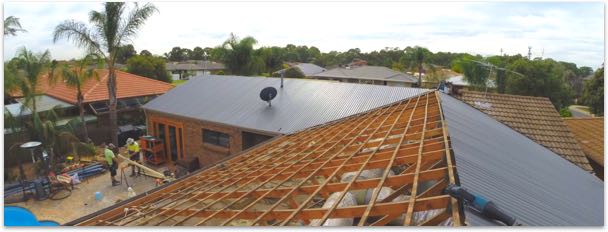
Roofing Service
Which is better, Colorbond or tiled roofs?
Roofing is one of the most important things that a property needs. It helps protect our buildings from the elements, keeps us cool and dry inside during the hot Australian summers, and gives us an aesthetically pleasing, protective exterior.
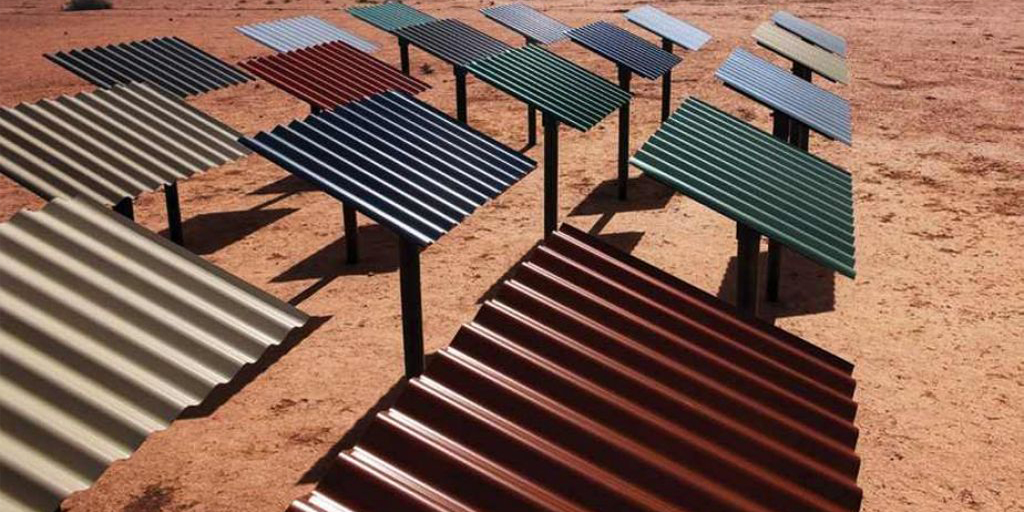
Roofing Service
